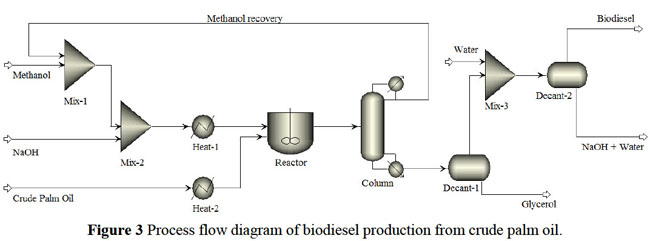Water Footprint Assessment of Palm Oil Biodiesel Production in Southern part of Thailand
Main Article Content
Abstract
The water footprint of palm oil biodiesel depends upon climate and production systems. The weighted average of the total water footprint is 5,714 m3/ton in a study area which has a mean annual rainfall of 1,905 mm per annum and where the average Fresh fruit bunches (FFB) yield is 3.02 tonnes per annum. The share of indirect water footprint to the total water footprint of biodiesel is 99% and that due to direct water footprint is 1% (Only blue water). The highest contributors to the indirect and direct water footprint are the water consumption of the oil palm crop and the water consumption in the production of palm oil biodiesel, respectively. From this study, Surat-Thani is the suitable area for using oil palm crop to produce biodiesel in water perspective.
Article Details
Published articles are under the copyright of the Environment and Natural Resources Journal effective when the article is accepted for publication thus granting Environment and Natural Resources Journal all rights for the work so that both parties may be protected from the consequences of unauthorized use. Partially or totally publication of an article elsewhere is possible only after the consent from the editors.

